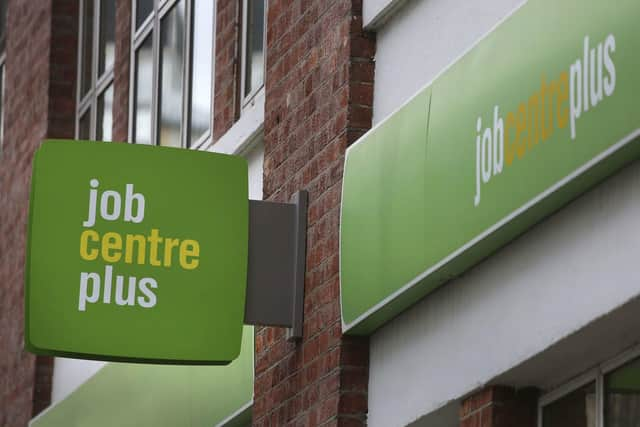A third of Bedford residents are economically inactive
and live on Freeview channel 276
A third of Bedford residents were economically inactive in 2021, new census figures show.
The Resolution Foundation said rising numbers of people in economic inactivity must be addressed as Treasurer Jeremy Hunt aimed to get people back to work with his Spring Budget.
Advertisement
Hide AdAdvertisement
Hide Ad

Census figures from the Office for National Statistics show 52,305 residents in Bedford were economically inactive between March 15 and 22, 2021.
An economically inactive person is aged 16 and over and did not have a job in that time period, could not start work in the next two weeks, or had not looked for work in the month before.
It meant 35.3% of over 16s in the area were economically inactive.
Across the two countries, 19.1 million over-16s (39.4%) were economically inactive.
Advertisement
Hide AdAdvertisement
Hide AdThe highest proportions tended to be in coastal areas and the six most active areas were all in London.
Louise Murphy, economist at the Resolution Foundation, said: "Levels of inactivity vary significantly across the UK, and tend to be highest in places where the population is older, and where long-term illness is widespread, such as deprived, ex-industrial areas.
"Economic inactivity is also concentred in low-income households. One in three adults in the poorest tenth of households have a disability, compared to fewer than one in 10 adults among the richest families.
"The right approach to boosting workforce participation should therefore focus both on tackling place-based inequalities, as well as raising living standards for the poorest families."
Advertisement
Hide AdAdvertisement
Hide AdAmanda Walters, director of the Safe Sick Pay campaign, highlighted rising numbers of people not working due to long-term sickness or disability.
"Help from the Government to support these people back into work will be very welcome, but people fear what happens if they get ill again," she added.
"The 'back to work' Budget had the right focus, but it was an own goal from the Chancellor not to make sick pay available for everyone from the first day of illness."
The census figures show 5,000 Bedford residents were not working or looking for work due to long-term sickness or disability in March 2021.
A further 29,260 had retired.
Advertisement
Hide AdAdvertisement
Hide AdIt meant long-term sickness or disability accounted for 9.6% of the economically inactive people in the area, while 55.9% were retired.
Chancellor Jeremy Hunt said he will deliver growth with his 'back to work' Budget by "removing obstacles that stop businesses investing, tackling labour shortages that stop them recruiting, and by breaking down barriers that stop people working".
Mr Hunt added that he will encourage the long-term sick and disabled into work, including announcing the Universal Support programme – a voluntary employment scheme for disabled people where the Government will spend up to £4,000 per person to help them find appropriate jobs.
Schemes to encourage young carers, older people nearing retirement and parents – including 30 hours of free weekly childcare for all under fives – to work were also introduced.
Advertisement
Hide AdAdvertisement
Hide Ad"Our plan is working – inflation falling, debt down and a growing economy," Mr Hunt added. "Britain is on a lasting path to growth with a revolution in childcare support, the biggest ever employment package and the best investment incentives in Europe."
